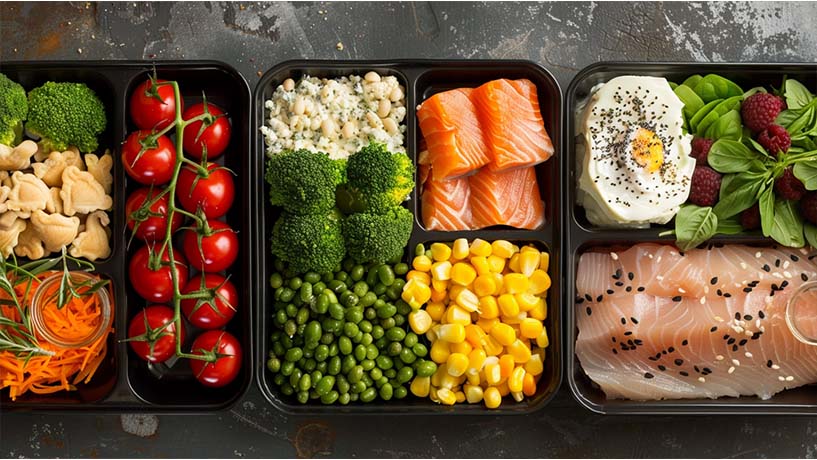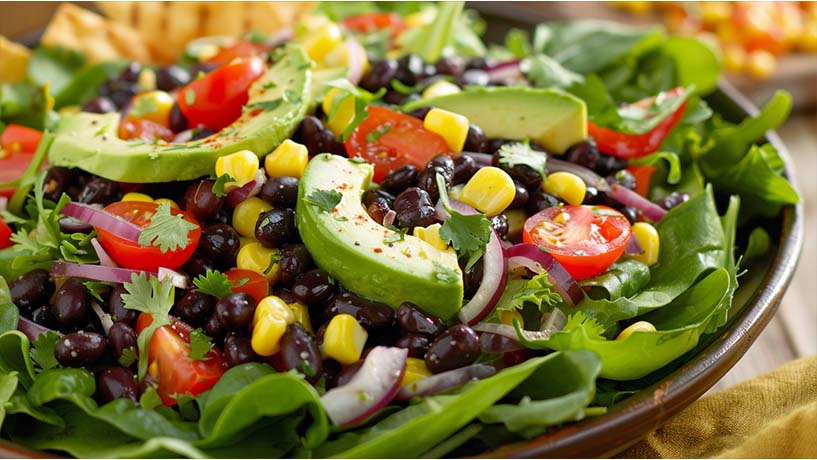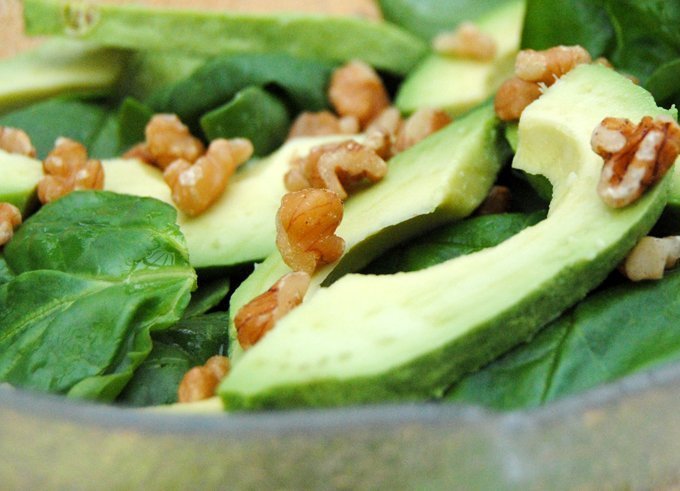I’ve been hooked on The Biggest Loser since the beginning. There’s something magnetic about watching people confront their limits — mentally and physically — and push through anyway. It’s not just the weight loss that’s inspiring; it’s the grit. The commitment. The reminder that transformation doesn’t come from magic, but from showing up every single day.
That’s what drew me to their diet plan. It wasn’t trendy or gimmicky — it was about structure and ownership. As much as we love to believe we can wing it, especially when life gets busy, weight loss isn’t a guessing game. It’s 80% about what goes into your mouth. And without a plan? The snack cupboard wins every time.
If you’ve ever felt like you’re trying everything but nothing sticks, this plan offers clarity. It’s built around discipline, yes — but more importantly, it’s built around consistency. And that’s what creates real, lasting change.
What Is the Biggest Loser Diet Plan?
The Biggest Loser diet plan is built on simple, sustainable rules — not fads or starvation. It’s structured around eating real food in reasonable portions, creating a steady calorie deficit, and making consistent choices day after day. If you’re looking for a flashy “hack,” this isn’t it — but if you’re looking for a system that works, you’re in the right place.
Here’s what it emphasizes:
- Portion awareness: Not starving, just mindful. You eat enough to fuel your body without overeating. Meals are smaller and spaced throughout the day.
- Nutrient density: Lean proteins, vegetables, fruits, and whole grains are the stars. Processed food takes a back seat.
- Calorie control without obsession: You’re not counting every almond. But you are eating with intention, aiming for a modest deficit (usually 500–1,000 calories per day depending on your goals).
Unlike extreme diets that cut out entire food groups or rely on packaged meals, this plan focuses on what you can add — fiber, protein, water, movement — rather than just what you cut. It’s about giving your body what it needs to thrive, not just survive.
Why “Slow and Steady” Works Best
Fast weight loss might feel rewarding in the short term — but it rarely sticks. The Biggest Loser approach teaches something many of us need to hear: sustainability beats speed every time.
Drastically slashing calories sets you up for burnout. Sure, you might lose a few pounds quickly, but your energy crashes, cravings spike, and that “cheat day” becomes a cheat week. It’s a cycle. And it’s exhausting.
Instead, the plan encourages a smaller, more realistic deficit — around 500 calories per day. That might not sound dramatic, but here’s the difference: it’s doable. You’re more likely to stay consistent, which means fewer binges, fewer restarts, and more long-term success.
In my experience, the people who get the best results aren’t the ones who go the hardest. They’re the ones who stay in the game the longest. The ones who decide to stop chasing quick fixes and start building real habits. That’s where the real win happens.
Daily Structure of the Biggest Loser Diet
One of the most powerful parts of the Biggest Loser diet is that it removes guesswork. You’re not left wondering what to eat or when — there’s a clear rhythm, and that structure makes all the difference.
Here’s what a typical day might look like:
- Breakfast: A high-protein option like scrambled eggs with spinach and a slice of whole-grain toast
- Mid-morning snack: A piece of fruit with a handful of almonds
- Lunch: Grilled chicken with quinoa and roasted vegetables
- Afternoon snack: Greek yogurt or raw veggies with hummus
- Dinner: Baked salmon, sweet potato, and steamed broccoli
The goal is to balance protein, fiber, and healthy fats to keep you full, while avoiding the blood sugar rollercoaster that leads to cravings. You’re not eliminating carbs — you’re choosing smart ones.
Portions are reasonable, not restrictive. If measuring stresses you out, the plan often suggests visual cues: a palm-sized serving of protein, a fist of complex carbs, two cupped hands of vegetables. Simple, intuitive, and effective.
The big takeaway? If it’s not planned, it’s a guess. And guessing is how most diets fall apart. This plan gives you structure without making you feel boxed in.
Recommended Resource: The Biggest Loser 30-Day Jumpstart
If you want to follow the plan without overthinking every step, “The Biggest Loser 30-Day Jumpstart” is a solid place to begin. Written by Cheryl Forberg, RD — the show’s nutritionist — it lays out exactly how the contestants structured their meals, moved their bodies, and kept going when motivation dipped.
What sets it apart is how practical it is. You get:
- 30 days of meal plans with real ingredients you can find in any grocery store
- Simple recipes that are easy to prep even with a packed schedule
- Built-in structure, so you don’t have to guess what’s next
Forberg isn’t just a name on the cover — she’s a registered dietitian who understands both the science and the psychology of weight loss. The plan isn’t about perfection. It’s about showing up and making the next meal count.
If you’ve ever opened your fridge at 6 p.m. and panicked — this book is your fallback plan. It’s what helps turn intentions into actual results.
Real People, Real Motivation
There’s a reason The Biggest Loser pulled in millions of viewers. Watching people just like us fight for change — sweating, stumbling, standing back up — it’s powerful. It reminds us that we’re not alone in this. That change is hard, yes, but also possible.
The show gives you something most diets don’t: emotional buy-in. It’s one thing to read about healthy habits; it’s another to feel someone else’s journey and think, “If they can do it, maybe I can too.”
But motivation fades. That’s why this plan doesn’t rely on hype — it’s rooted in structure. Motivation gets you started; discipline keeps you going. That’s why the most successful transformations — on and off the show — come from those who build a system they can return to even on the hard days.
If you’re doing this alone at home, you’re still part of something bigger. The stories, the progress, the realness — they’re all reminders that you’re capable of more than you think. You just need a plan and the willingness to show up.
Winning Mindset: What It Really Takes to Change Your Body
Anyone can follow a meal plan for a week. But lasting transformation? That’s a mental game. The Biggest Loser diet works not just because of the food — but because it builds a mindset of ownership.
Contestants on the show didn’t just lose weight. They rewired how they thought about food, stress, failure, and identity. And that’s what sticks.
Here’s the truth: it’s not about being perfect. It’s about showing up after the slip-up, again and again. It’s not about avoiding every indulgence — it’s about making the next choice a good one. The biggest win isn’t the number on the scale; it’s when you start trusting yourself again.
If you want to stay consistent, don’t just track your weight. Track your habits. Are you prepping meals this week? Getting enough water? Moving daily? Those are the victories that build real change.
Because at the end of the day, it’s not just a diet — it’s becoming the kind of person who follows through.
FAQs About the Biggest Loser Diet Plan
Is the Biggest Loser diet safe if I’m not working out like they do on the show?
Absolutely. The diet focuses on nutrient-dense, portion-controlled meals — not just exercise. While movement helps, your food choices are the biggest driver of results. You can scale your activity and still benefit fully.
What if I can’t follow the plan perfectly every day?
You’re not supposed to. Perfection isn’t the goal — consistency is. Miss a meal plan? Have a setback? Just reset at the next one. What matters most is what you do most of the time, not every single time.
Is it expensive to follow this diet?
Not at all. The meals rely on basic whole foods — think oats, eggs, lentils, lean proteins, and vegetables. Planning ahead actually helps you save money by reducing takeout and impulse buys.
Will this help me avoid yo-yo dieting?
That’s the goal. The plan teaches habits you can maintain — not quick fixes. By focusing on realistic meals and building awareness, it’s easier to avoid the “all-or-nothing” cycle that leads to weight regain.
Don’t Wing It — Plan It
Weight loss isn’t about willpower — it’s about having a plan that works with your life, not against it. That’s why the Biggest Loser diet continues to resonate. It’s not flashy, but it’s effective. It’s not about deprivation — it’s about deliberate choices made over and over again.
If you’ve been stuck in the cycle of trying, slipping, restarting — you’re not alone. But you don’t need to keep guessing. Start small. Pick one habit to focus on this week: maybe it’s prepping your lunches, cutting out soda, or hitting 8,000 steps a day. Build from there.
The path to real change isn’t a sprint. It’s a series of steady, intentional steps. So stop winging it. Make a plan, commit to the process, and back yourself. You already know what to do — now it’s time to do it with consistency.








